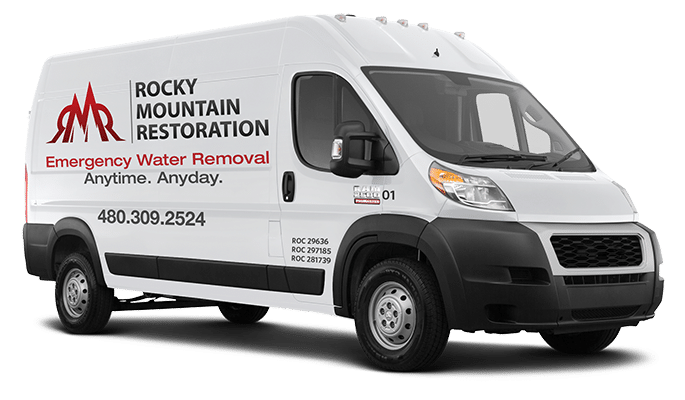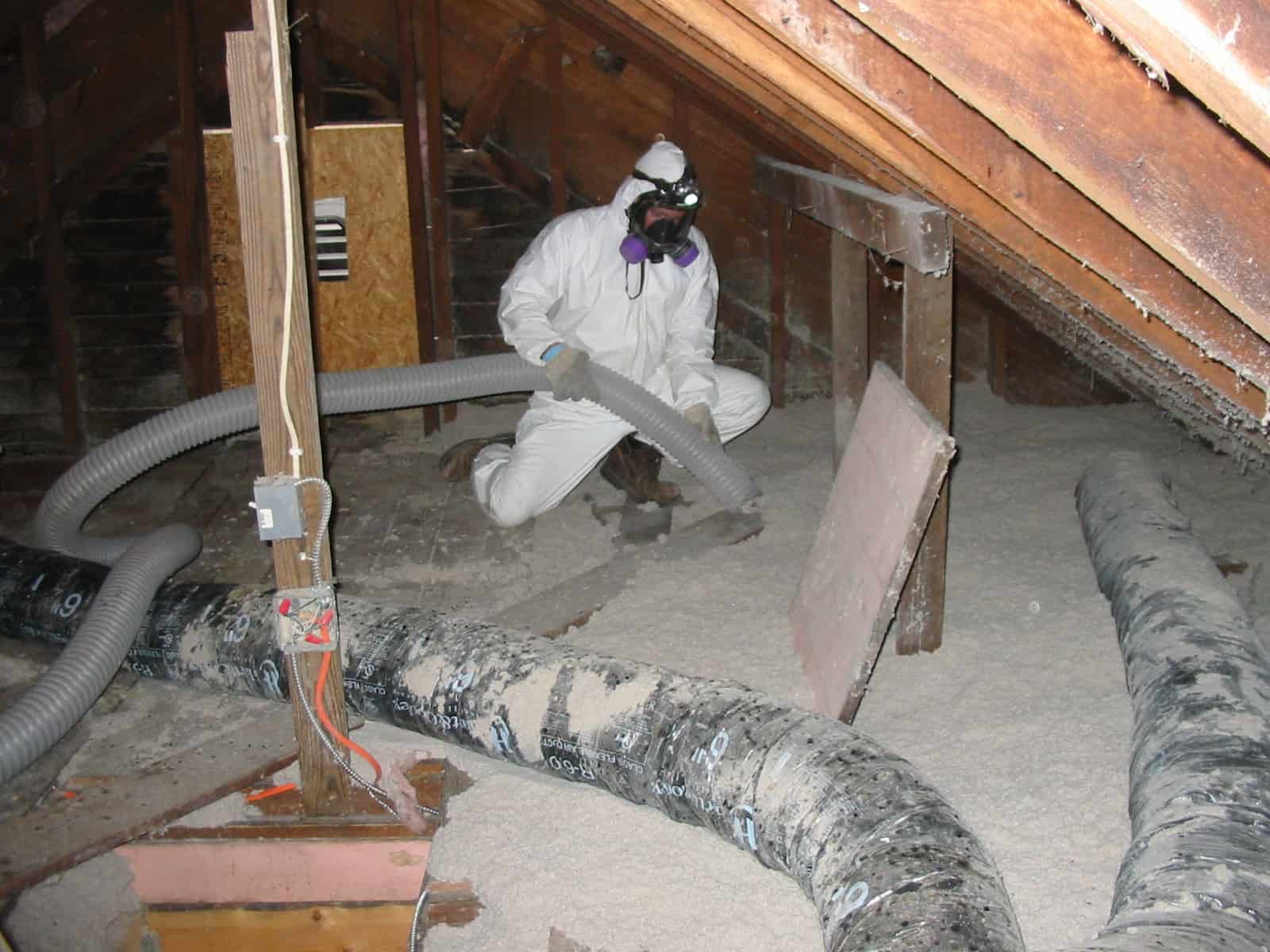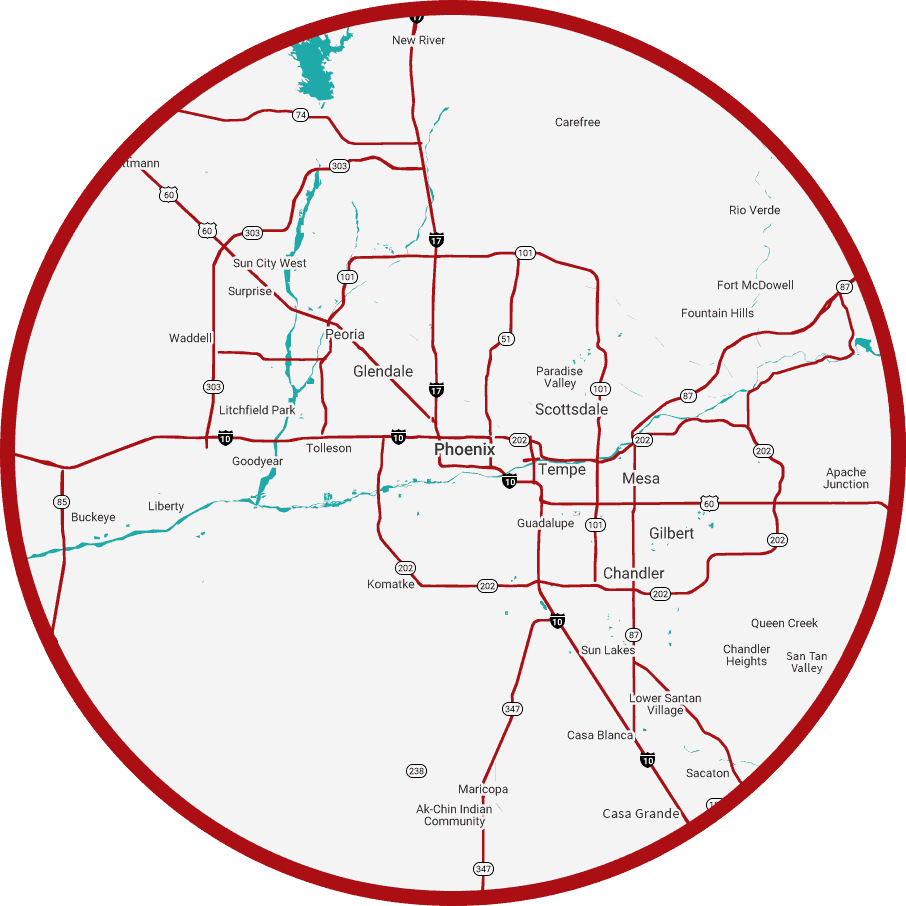When it comes to owning a home, no matter where you live, it’s likely that you’ll have a mold issue at one time or another. Mold can grow for a number of reasons and it’s not just a problem that older homes experience. In fact, new homes are just as susceptible to mold damage as those older homes. By understanding the type of mold that you’re dealing with, you can better discuss your remediation options with your local mold removal professional in Phoenix.
Alternaria
This is going to be one of the most common types of mold that you’ll find in residences. It grows indoors and outdoors where there are damp areas. The most common places to find Alternaria are the shower, sink, and other areas with faucets. The damp and cool area allows for this type of mold to grow non-stop. Some allergic reactions and asthma attacks can result from this type of mold being present in your home.
Aureobasidium
This mold is easily distinguishable due to its black and pink color. You’ll likely find this around caulking, windows, wallpaper, and wooden surfaces. Beware of furniture that is made out of wood as it can be the perfect place for Aureobasidium to grow. This type of mold can cause some serious allergic reactions for those who are exposed to it.
Cladosporium
This type of mold is typically found in older fabrics, wooden cabinets, floorboards, and carpet. It thrives in both cold and warm environments. You can identify this mold growth by its olive green to brown color spectrum. Be care when breathing around this type of mold as it has been known to cause respiratory problems.
Penicillium
You’ll find this type of mold growing only indoors. The most common places are furnishings, water damaged furniture, insulation, and carpeting. This type of mold is very quick to spread and requires immediate treatment. Those who are around penicillium can develop lung inflammation and/or sinus infections.
Stachybotrys Chartarum
Also referred to as black mold, this is a very toxic mold-related problem. The mold itself creates mycotoxins, which are compounds that cause breathing difficulty in humans. Symptoms can include sinus infections, depression, asthma attacks, and even fatigue. You’ll identify this type of mold by its musty smell. It’s most commonly found in areas that are dark and damp, such as the ducts and piping of your home.













